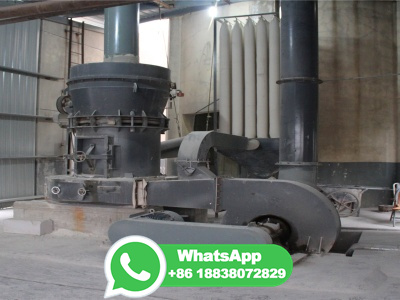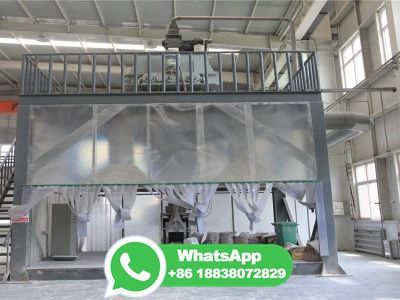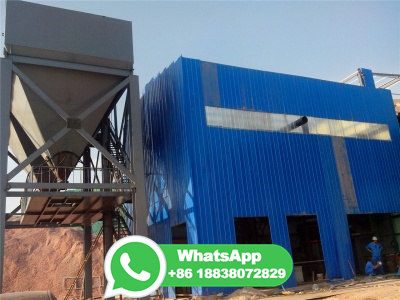What are the types of coal? | Geological Survey
There are four major types (or "ranks") of coal. Rank refers to steps in a slow, natural process called "coalification," during which buried plant matter changes into an ever denser, drier, more carbonrich, and harder material. The four ranks are: Anthracite: The highest rank of coal. It is a hard, brittle, and black lustrous coal, often referred to as hard coal, containing a high ...




































